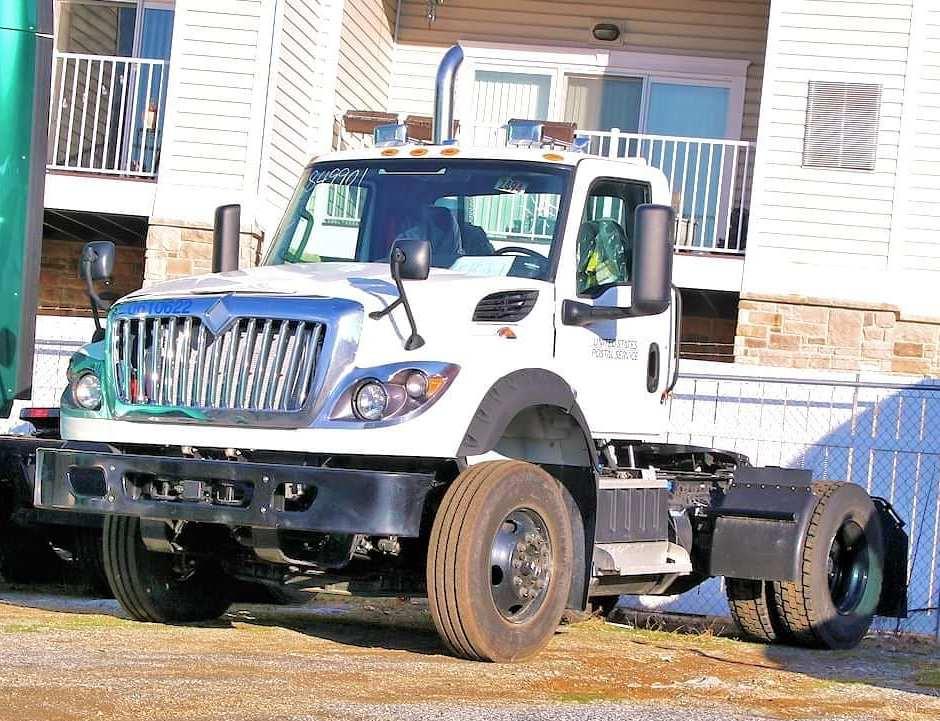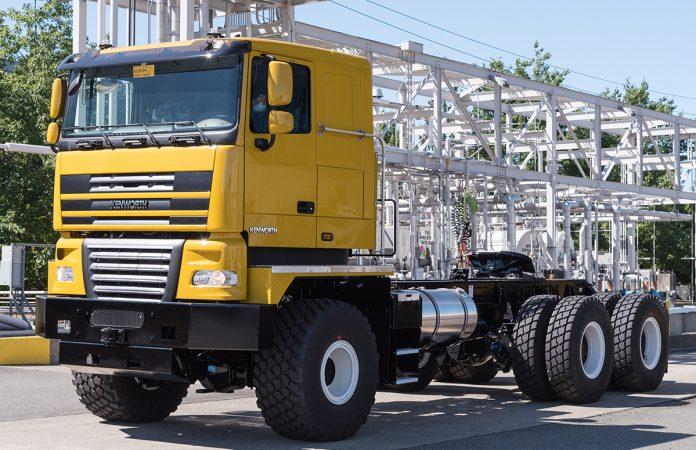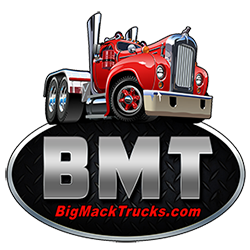
kscarbel2
Moderator-
Posts
18,868 -
Joined
-
Days Won
114
Content Type
Profiles
Forums
Gallery
Events
Blogs
BMT Wiki
Collections
Store
Everything posted by kscarbel2
-
Yes, they are. It's a problem. Economic might is a country's most critical power. China has had recent flare-ups, major ones in Beijing and northeast China, but they're on top of it.
-
Greenspan Says U.S. Virus Failure Threatens Recovery, Aids China Rich Miller, Bloomberg / August 17, 2020 The failure of the U.S. to handle the coronavirus pandemic risks derailing the economic recovery and puts the country at a competitive disadvantage in its long-run battle with China for global hegemony, former Federal Reserve Chairman Alan Greenspan said. In an article written for Advisors Capital Management and published on Monday, Greenspan said that the U.S. has at times looked like it “has lost its way,” while China has enjoyed continued success in expanding its economy, including being the first to recover from a pandemic-driven swoon in activity. “The Covid-19 crisis has presented a real threat to the U.S. position of global dominance,” wrote Greenspan, who is a senior economic adviser to the money manager. “As political tensions heat up between the world’s two largest economies, the balance of power that will result is still unclear, but becoming of increasingly greater concern by the day.” “The failure by the U.S. to effectively deal with the onset of the Covid-19 crisis has only worsened its competitive position” versus China, Greenspan said. “The resurgence of the virus in the U.S. threatens to forestall our economic recovery.” While the former Fed chairman said that U.S. dominance will probably ebb this century as China accounts for a greater share of global economic output, he also saw reasons for America to remain on top overall. “America leads in all the industries that are inventing the future, such as artificial intelligence, robotics, driverless cars, and, indeed, finance,” he wrote. “And for all its problems with populism, America has something precious that China lacks: a stable political regime.” He said the U.S. needs to find the political will to tackle the problems he believes are holding back growth: out-of-control government spending on entitlement programs and ill-considered regulations.
-
Note the off-white Mack Western era steering wheel. Also note the one-piece grille panel (Macungie-built Value-Liners had a 3-piece design). Front turn signal lamps are incorrect.
-
Many know the B-29, but few have heard of the second generation B-50. Note the 700-gallon (2,650-litre) external under-wing fuel tanks. Powered by 28-cylinder 3,500 horsepower Pratt & Whitney R-4360 Wasp Major engines, 79 B-50A's were built, 45 B-50B's and 222 B-50D's. Top speed was 380-385 mph, versus the B-29's 358 mph.
-
This video is available in 16 languages. Vlad......
-
I still look forward to learning why the USPS is purchasing a construction truck for use as a tractor, i.e. the HV (revised Workstar) instead of the more appropriate RH regional haul tractor (revised Transtar). The only obvious reason is the RH is only available with the 12.4-litre A26 engine (MAN D26), while the 8500/8600 Transtar replaced by the RH was available with the lower priced but discontinued proprietary 9.3-litre HT570. The HV is available with both the Cummins 6.7ISB and 8.9ISL. There's simply no excuse for the RH not to be available with the ISL. .
-
Iranian Army Receives Rebadged Volvo Tank Transporters
kscarbel2 replied to kscarbel2's topic in Trucking News
Volvo "NH" conventionals (bonnetted) and "FH" COE's -
Iranian Army Receives Rebadged Volvo Tank Transporters
kscarbel2 replied to kscarbel2's topic in Trucking News
Related reading: https://www.bigmacktrucks.com/topic/54399-volvo-halts-iran-truck-assembly-due-to-us-sanctions/ -
Car & Driver / August 14, 2020 Ford is donating 1.5 million masks to the state of Michigan as part of the governor's new MI Mask Aid program, which will see a total of 4 million face masks distributed to citizens as another way to keep the coronavirus under something resembling control in the state. Gov. Gretchen Whitmer announced the new MI Mask Aid program during a press conference Friday morning, saying that the masks will be available to low-income residents, senior citizens, and schools. The Federal Emergency Management Agency (FEMA) will assist with mask distribution. So far, Michigan has seen 90,392 COVID-19 cases and 6289 deaths from the disease. Ford CEO Jim Hackett spoke at the press conference, saying that the automaker has produced over 72 million pieces "for lifesaving support" during the COVID-19 crisis, not counting the 1.5 million masks it is donating to MI Mask Aid. A million and a half face masks is about one week's worth of production for the automaker, which shifted to making personal protection equipment (PPE) after COVID-19 changed the American economic and personal landscape in March. Ford says the 54 million face masks it has made so far have all been used internally by workers—until now. "We were able to make this donation because we have a surplus of masks from continued production to cover our workforce," Ford said. If Ford continues to make more than it needs for its employees, other states could benefit from the extra production. "We recognize there are many at-risk communities that have a growing need for PPE, such as masks," Ford said. "We're connecting with our local and national nonprofit partners to determine the best way to address this urgent problem." Other automakers are assisting with PPE production as the coronavirus continues to ravage the U.S. Toyota, for example, announced this week that it has partnered with the safety equipment company Bullard to increase that company's ability to produce face shields, respirators and hoods at its Kentucky facility, but Toyota production lines were not converted to build Bullard products. Instead, Toyota helped Bullard figure out how to apply the Toyota Production System to its own production facilities. The result? Doubled production capacity for hoods and respirators and a 700-percent increase in production of face shields between March and April.
-
Paul, in the states Paccar sells the DAF "LF" rigid, assembled at the Paccar Mexico plant and rebadged as Kenworth and Peterbilt. And Peterbilt alone has a low cab forward refuse chassis, the Model 520, which Kenworth doesn't get much to the anger of Kenworth dealers. So in terms of a normal COE, only the global market K200 is left. Superb truck. But of course DAF is Paccar's Dutch subsidiary, and they offer the new CF and XF, normal COE's which are excellent.
-
K500 Video - https://www.facebook.com/Kenworth.Truck.Co/videos/kenworth-k500/463289034483220/?_fb_noscript=1
-
Kenworth retiring K500 severe-service truck after 14 years Alan Adler, Freight Waves / August 13, 2020 Kenworth Truck Co. is retiring its K500 severe-service off-highway truck after 14 years. The export-only truck was sold mostly to oil and gas exploration and mining customers in Asia, Russia and Africa. PACCAR built just 283 of the vertical front, “flat face” K500 models in its plant in Renton, Washington. Sintagma Holding purchased the last Kenworth K500 cabover for a gold mining operation of the Mining Society of Chitotolo (Sociedade Mineira do Chitotolo) in Luanda, Angola. The first K500 order in 2006 went to Karamay in China as part of a total order of eight K500s. “The Kenworth K500 cabover has been a stellar truck model, and provided excellent performance and reliability for our customers worldwide,” Laura Bloch, Kenworth assistant general manager for sales and marketing, said in a statement. The K500 uses a combination of the Kenworth C500 drivetrain with a modern cab-over-engine semi-hood. The cab sits forward of the front axle to improve job site visibility with more space than conventional models. Available in a variety of configurations, including 6×4, 6×6, 8×8 and 10×10, the shorter, more maneuverable K500 designed for on-and-off highway use gained popularity with customers, Kenworth said. The Kenworth K500 features a Cummins 525 horsepower engine with 1,650 pound-feet of torque and an Allison 4700RDS 7-speed transmission. It also incorporates AxleTech tandem rear axles rated at 100,000 pounds with a 9.59 rear axle ratio. The front axle is a new Meritor front drive axle rated at 32,000 pounds with a 9.66 axle ratio. Kenworth still offers the 963 and C500 models in oilfields overseas. The C500 also is available in the U.S. and Canada. No replacement cabover is planned at this time, Parietti said.
-
-
https://www.paccar.com/media/1920/k500_brochure.pdf https://www.bigmacktrucks.com/topic/59313-kenworth-for-cnpc-china-national-petroleum-corporation/
-
Heavy Duty Trucking (HDT) / August 12, 2020 Ending an era that lasted 14 years, the final Kenworth K500 cabover was completed in mid-August at its assembly plant in Renton, Washington. The K500 was primarily popular with the OEM’s oil and gas exploration customers. A combination of the Kenworth C500 drivetrain with a modern COE cab, the K500 was a shorter, more maneuverable truck with off-highway characteristics and featured a variety of configurations: 6x4, 6x6, 8x8, and 10x10. Sintagma Holding purchased the last K500, which will be used by the Mining Society of Chitotolo in Luanda, Angola, in a gold mining operation. The first K500 order was in 2006 and went to Karamay, China, as part of a total order of eight K500s. “The Kenworth K500 cabover has been a stellar truck model and provided excellent performance and reliability for our customers worldwide,” said Laura Bloch, Kenworth’s assistant general manager for sales and marketing. .
-
Our favorite day of the week, #ThrowbackThursday! Here is a piece of Autocar Diesel #DumpTruck history! .
-
I actually was involved in the sale of some CL643's. On the MH fitment of the Series 60, you are correct (it's been years ago). In fact, by 1988 we only offered CAT and Cummins as vendor engine options in the MH.
-
The electric LIGHTS trucks are Volvo tech from Europe. The DSNY trucks use Volvo tech, not Wright Speed tech which features a micro-turbine range extender.
-
This development begs the question of what happened to the Wright Speed-powered Volvo-Mack LR refuse project? Did Volvo decide to ignore it and run with their in-house tech? Ian Wright is sharp. https://www.bigmacktrucks.com/topic/45567-waste-concept-mack-tests-out-wrightspeed-electric-powertrain/
BigMackTrucks.com
BigMackTrucks.com is a support forum for antique, classic and modern Mack Trucks! The forum is owned and maintained by Watt's Truck Center, Inc. an independent, full service Mack dealer. The forums are not affiliated with Mack Trucks, Inc.
Our Vendors and Advertisers
Thank you for your support!









